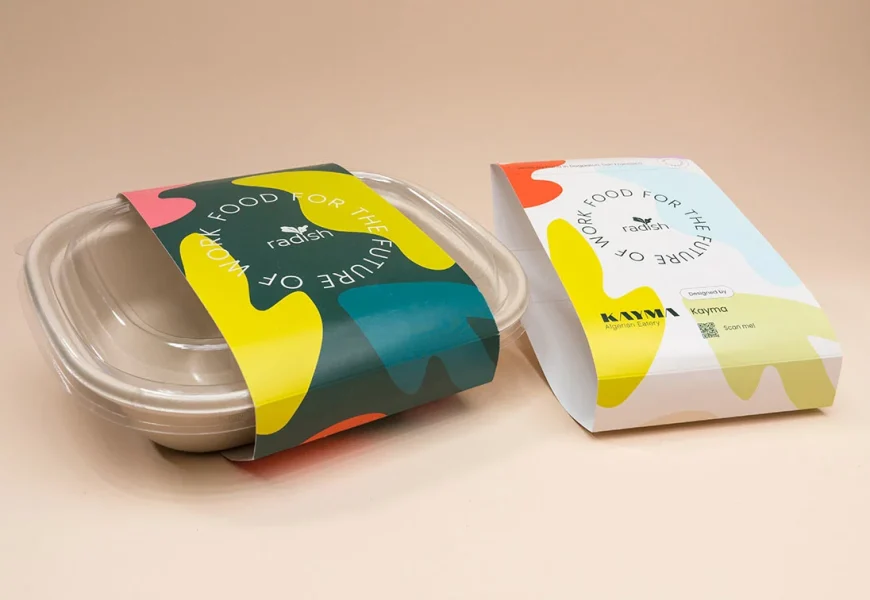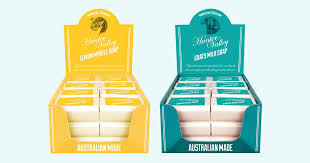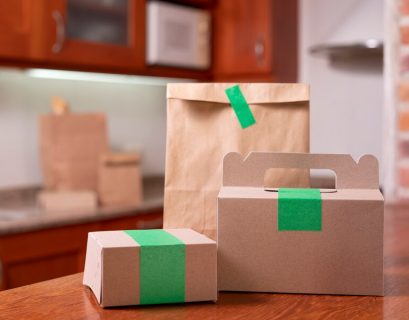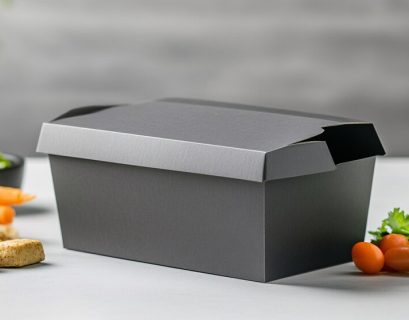Selecting the right cover for food products is essential for maintaining their safety and freshness. With numerous options available, it can be challenging to determine which cover best suits your needs. This guide explores various types of food covers, their benefits, and key factors to consider to ensure your food remains fresh and safe.
Types of Food Covers and Their Uses
Food covers come in various forms, each designed for specific purposes. Understanding these types can help you choose the most appropriate one for your needs.
Plastic Wrap: This is a common and versatile option for covering food. Plastic wrap clings tightly to surfaces, helping to prevent air and moisture from entering. It’s ideal for short-term storage, such as keeping leftovers fresh in the refrigerator.
Aluminum Foil: Known for its durability, aluminum foil is perfect for wrapping food items that need to be kept fresh for a longer period. It protects against light, oxygen, and moisture, making it suitable for both cold and hot storage.
Food Storage Bags: These come in various sizes and types, including resealable and vacuum-sealed bags. They are excellent for keeping food items like grains, meats, and vegetables fresh. Vacuum-sealed bags are particularly effective in removing air and extending shelf life.
Food Sleeve: This option offers a tailored solution for specific food items. It often includes features such as easy sealing and resealing, which helps in maintaining the freshness of the food inside. Food sleeve packaging is particularly useful for ready-to-eat meals and snacks.
Each type of cover has its advantages depending on the food item and storage duration. Choosing the right one ensures your food remains fresh and safe for consumption.
Benefits of Using Food Covers for Freshness
Food covers play a crucial role in preserving the quality of your food. Here are some benefits:
Prevents Spoilage: Covers protect food from exposure to air and moisture, which can lead to spoilage. By reducing contact with these elements, the shelf life of the food is extended.
Maintains Flavor and Aroma: Proper covering helps in retaining the original flavor and aroma of the food. This is particularly important for perishable items like fruits, vegetables, and baked goods.
Prevents Contamination: Covers act as a barrier against external contaminants such as dust, insects, and other potential hazards. This is essential for ensuring food safety, especially when storing food for an extended period.
Reduces Waste: By keeping food fresh longer, covers help in reducing food waste. This not only saves money but also contributes to environmental conservation by minimizing waste.
Using the right cover is integral to maintaining the quality and safety of your food. It helps in preserving the taste, texture, and nutritional value of the items.
Factors to Consider When Choosing a Food Cover
Several factors should be considered to select the most suitable food cover for your needs:
Type of Food: Different foods require different types of covers. For example, moist foods may need airtight options, while dry foods can be covered with less restrictive materials.
Storage Conditions: Consider where the food will be stored. Some covers are better suited for refrigeration, while others can withstand freezing or heating.
Duration of Storage: If you need to store food for a long period, opt for covers that provide maximum protection against air and moisture. For short-term storage, simpler options may suffice.
Ease of Use: Choose a cover that is easy to apply and remove. This is particularly important for daily use, as cumbersome covers can be inconvenient.
Environmental Impact: Consider the environmental impact of the cover materials. Opt for reusable or recyclable options when possible to reduce waste.
Assessing these factors will help in making an informed decision, ensuring that the chosen cover meets your specific needs effectively.
How to Ensure Proper Sealing for Maximum Freshness
Proper sealing is critical to achieving maximum freshness for your food. Here are some tips:
Choose the Right Cover: Ensure that the cover you select fits well with the food item. A cover that is too loose or too tight can compromise its effectiveness.
Seal Edges Properly: Make sure to seal the edges of the cover completely. Gaps can allow air and moisture to enter, leading to spoilage.
Use Additional Tools if Necessary: For some covers, using additional tools like clips or seals can enhance effectiveness. Vacuum-sealed bags, for instance, often come with built-in seals that need to be checked for completeness.
Check for Damage: Regularly inspect covers for any signs of wear or damage. Replace any damaged covers immediately to maintain food safety.
Ensuring a proper seal is essential for preserving the quality and safety of your food. It prevents the entry of contaminants and maintains the freshness of the food.
Best Practices for Using Food Covers Effectively
To make the most of your food covers, follow these best practices:
Choose the Right Cover for Each Food Item: Tailor your choice of cover to the specific needs of the food item. For example, use vacuum-sealed bags for meats and plastic wrap for fruits.
Properly Clean Covers: If using reusable covers, ensure they are cleaned thoroughly before reuse. This helps in preventing cross-contamination and maintains hygiene.
Store Food Correctly: Follow storage guidelines for each type of cover. For instance, some covers are suitable for refrigeration while others are better for room temperature storage.
Monitor Food Condition Regularly: Check the condition of food items periodically to ensure they remain fresh. If you notice any issues, address them promptly.
Implementing these best practices will enhance the effectiveness of your food covers and contribute to better food safety and freshness.
Environmental Considerations in Food Cover Choices
When choosing food covers, it’s also important to consider their environmental impact:
Opt for Reusable Options: Reusable covers, such as silicone wraps or cloth covers, can help reduce waste and are often more environmentally friendly.
Choose Recyclable Materials: If disposable options are necessary, select covers made from recyclable materials. This helps in reducing the environmental footprint.
Minimize Plastic Use: Where possible, reduce the use of single-use plastics. Explore alternatives like biodegradable wraps or compostable covers.
Proper Disposal: Ensure that used covers are disposed of properly. Follow local recycling guidelines to minimize environmental impact.
Being mindful of the environmental implications of your food cover choices can contribute to more sustainable practices and help in reducing waste.
Conclusion
Choosing the perfect cover for food safety and freshness involves understanding the different types of covers, their benefits, and the specific needs of various food items. By considering factors such as food type, storage conditions, and environmental impact, you can make informed decisions that maintain the quality and safety of your food.
Proper covering techniques, along with staying informed about innovations and trends, will help you select the best options for your needs. Embracing sustainable solutions and avoiding common mistakes will further contribute to effective food preservation and environmental conservation.



















